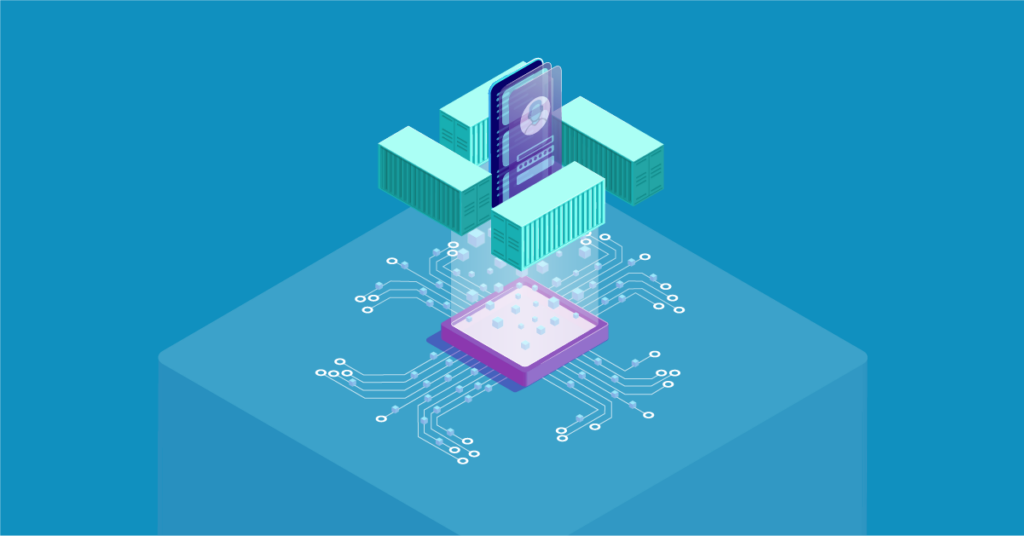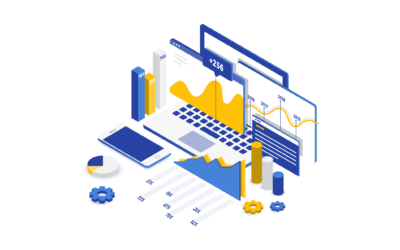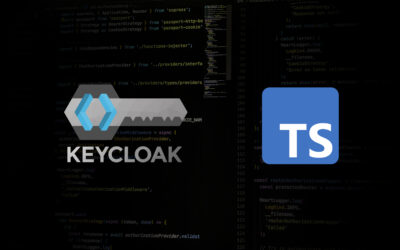Table of Content
Why and How It Works
What if you could design a convenient enterprise mobile application as a single unit? Imagine having a single, lightweight, self-contained application that supports user authentication and authorization with application and cookie-based security, user profiles, and authentication policies.
What if you could have that same application deployed from your private on-premise data center to the cloud service provider (CSP) on demand? By using a container image, that is possible.
The Basics of Containerization
An application container consists of a complete operating system image that executes an application. The idea typically includes a set of libraries and pre-installed applications. The image can contain subfiles and assets and may consist of the entire user interface. For web applications, there is also often a web server or remote-access component in the image.
In many cases, such as web and mobile applications, application containers are the same image used to run the application’s code. An application container comprises a program, a runtime image, and a shell. The container is a self-contained environment designed to run the application.
What Are Containers?
Simply put, a container is an independently run program that operates within a container system. A single container may contain many other containers.
When a container image launches a container, it produces a partitioned system. The containers each have their copy of the image file, and the application may have many dependencies on other containers to provide functions.
The container is isolated from the operating system and other processes running on the host operating system.
By leveraging a scheduler, each container may run independently of the others—this allows a developer to develop a new application in a short amount of time and test it rapidly.
Container Initialization
The operating system starts a container and ships it as a code block, executing a configuration file. The operating system creates a container and ships it as a code block, with a configuration file, where it will run.
A container/service fabric is an operating system that runs containers as services, and it also has a mechanism to run and manage services with containers. An operating system runs containers as services, and it also has a tool to manage and run services with containers.
Docker is a containerization technology and a leader in the ecosystem. A Docker image is a high-level view of a functional mobile or web application and includes a programming code, configuration, and other content.
Why Containerize?
Mobile application server adoption has been slow within the enterprise, and enterprise mobility adoption has hit a wall. But mobile applications aren’t just apps anymore. Mobile apps can be a small part of an entire enterprise solution. That solution needs to support mission-critical applications and collaboration that the traditional mobile app store model cannot deliver.
In the short term, the answer is to have this mission-critical functionality embedded into native mobile applications and delivered via the app store model.
The longer-term solution is to have this mission-necessary functionality included in these components produced using traditional mobile device integration methods like OPNFV.
What Are the Benefits of Containerization?
Thanks to the ability of technology to provide end-to-end automation of infrastructure management, there are many advantages to containerization.
Containers allow you to shorten the development cycle, operate more efficiently, and drastically reduce the number of container instances of the application you need to manage and maintain. For example, if you have 50 virtual machines (VMs) to manage and support, you only need to collect two containers if you use containerization. As such, containers are a fantastic option.
Container images are usually a Linux package containing a complete self-contained application uploadable to the cloud CSP for easy management.
Why Is This Important?
There is no doubt that container technology offers significant advantages in terms of portability and cost. Containers have made mobile application development an economic benefit by simplifying data center operations. However, developers cannot migrate all applications easily. Containers can become extremely unstable, which can negatively impact application performance and quality.
Applications residing in containers are beneficial only when applications meet the requirements based on the specifications and properties of the development environment, whether these requirements are the container technology itself or the underlying infrastructure. Whether the application benefits from the container technology or the underlying infrastructure is crucial, as the benefits must outweigh the costs to ensure the application does not degrade in performance.
An increasingly perceived benefit among enterprises is access to containerized environments. This is because people are looking for ways to solve application management problems cost-effectively, which has led to an increase in containerized mobile applications. This perceived benefit is a positive sign for the development of new applications and, in some cases, may eliminate problems with containerized environments.
Containerization of applications allows developers to develop applications faster because the mobile application design conforms to the environment deployment. Even if developers write new applications in a specific way, they need to be aware of what containers allow and, in some cases, what they will not or cannot allow.
Software containerization is changing the way organizations deliver software applications. Containerization allows developers to create an application in a familiar environment, which is different from an existing app and an environment that is not ideal. Developers need to understand, however, that the application may not benefit from the container technology when implementing a new application.
Developers need to ensure that applications can benefit from this technology, regardless of which containerization technology they use. Some applications are optimized for containerization technology and will perform well in a container environment, while others will not be able to benefit from containerization.
Benefits for Application Development
Containers can allow developers to create an application similar to a traditional application and use the developer’s language of choice and native tools. Using containers can be significant in the development process because it reduces developers’ time to optimize the application. Containers can also speed up the deployment of applications, as developers can make changes to application code on the go.
It is essential to keep in mind that containers are just a tool for deploying an application. They are not a replacement for traditional development environments. The need for containers in the development process is to be an alternative to the standard development environment.
The development environment is essential because it helps developers build applications for their specific needs. Another benefit that comes with containerization is that developers can test an application quickly. They can build a new version of a mobile application—and test and modify it—while it is still in the container.
They can even deploy a new version of the mobile application to a container environment and then test it on a desktop. The tests can all execute without affecting the rest of the software that is in the system.
With a traditional development environment, developers have to choose between building a new application or modifying an application already deployed in an environment. With containers, this is not necessary, because developers can create a new application and test it without impacting the remainder of the mobile application, giving developers a massive speed boost in their development process.
It is essential to ensure that the application in a container can run the same as the application deployed in a virtual machine or a virtual machine integrated with the traditional development environment. The design of some of the best container environments keeps this principle in mind, but it’s good to know that containers can provide a similar experience.
Developers need to make sure that the desired benefits from a containerized application will outweigh the costs. It is essential to identify the factors that affect application performance to achieve that, so
the application will run without an issue, even in a containerized environment. A good example is where developers can write new code for a containerized environment, but the underlying infrastructure differs.
Sometimes, mitigation occurs by coding to the specifications of these new infrastructure environments, such as enabling a mobile application that can run on multiple settings or allowing IT teams to decide its deployment model.
It is essential to implement a multi-environment approach, which will enable developers to benefit from container technology without being limited to a specific environment or type of environment. For example, one application may need to run on a private cloud, public cloud, or on-premises environment. However, the application is not optimized to run on each of these environments.
Another application may need to run on a container environment, but the infrastructure cannot containerize the application. In this situation, developers may want to take a multi-environment approach, enabling developers to bring the best of both environments and allow them to code to the best of each system configuration.
This approach can benefit organizations. If one environment becomes too expensive or unstable, the developer can write the application to run in a different environment and keep it working. It may be possible to make this viable by developing container technology and extending it to other settings.
Conclusion
Docker and container technology, in general, makes it possible to build robust, scalable mobile applications in the cloud. But it is essential to know that the benefits of Docker are not a silver bullet.
Each has its challenges and risks. To learn more about some of the security risks and nuances of containerization, we recommend reviewing IBM’s cloud security white paper.












